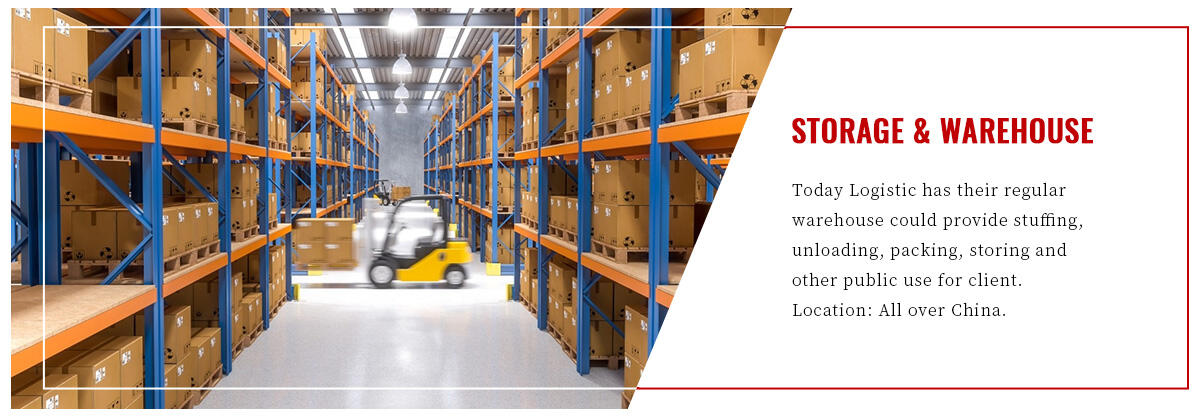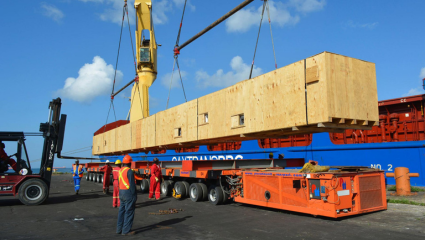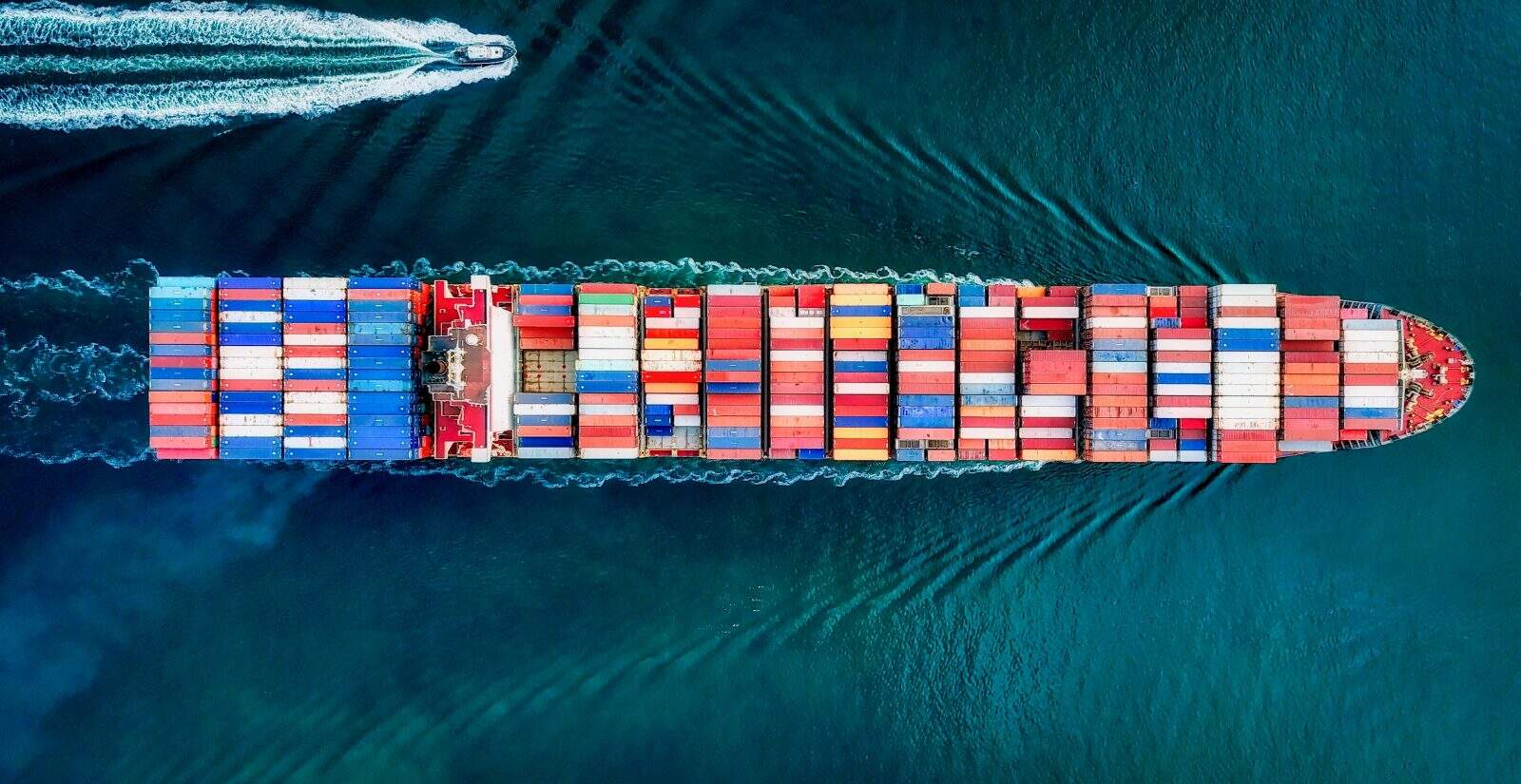ocean freight cost
Ocean freight cost encompasses the comprehensive expenses associated with transporting cargo across international waters. This vital component of global trade includes various elements such as container fees, documentation charges, terminal handling costs, and carrier rates. The pricing structure is typically determined by factors including distance, cargo volume, container type, fuel surcharges, and seasonal demand fluctuations. Modern ocean freight costs benefit from advanced tracking systems, allowing real-time monitoring of shipments and better cost management. The technological integration enables shippers to optimize routes, consolidate cargo efficiently, and maintain transparency throughout the shipping process. These costs are generally calculated either by FCL (Full Container Load) or LCL (Less than Container Load) basis, with additional considerations for special handling requirements, customs clearance, and insurance. The system employs sophisticated algorithms to determine the most cost-effective shipping solutions while considering various ports of call, transit times, and vessel schedules. This complex pricing mechanism ensures fair market rates while maintaining the sustainability of maritime transport operations.


